The Age Of Hulkamania: WWE In The ’80s
In the 1980s, a wrestling revolution swept across the globe, and at its heart was Hulkamania. This phenomenon transformed wrestling from a niche pastime into a mainstream spectacle. Hulkamania was not just about wrestling matches; it was a blend of charisma, catchphrases, and larger-than-life personas that captivated millions. At the center of it all was Hulk Hogan, a man whose influence extended far beyond the ring, turning him into a pop culture icon.
The Birth of Hulkamania: Hulk Hogan’s Early Days
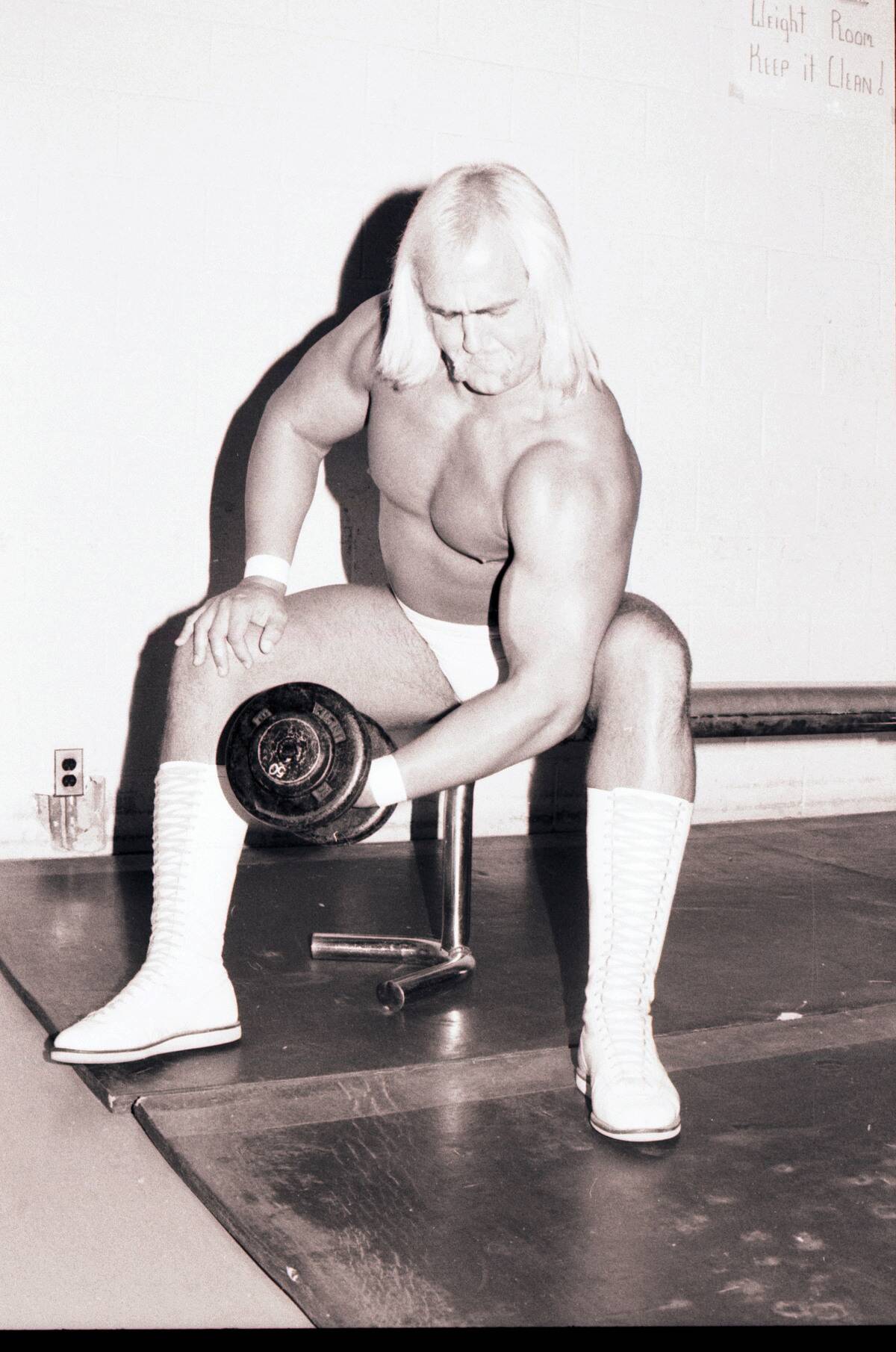
Before he became the face of wrestling, Hulk Hogan was Terry Bollea, a bass player in a rock band. His entry into wrestling was serendipitous, as he was discovered by wrestling promoter Hiro Matsuda. Through hard work and determination, Hogan’s popularity skyrocketed. His initial stint with the WWF (now WWE) saw him transform into the fan favorite we know today, laying the foundation for the era of Hulkamania.
The Iconic Look: Bandanas, Mustaches, and Muscle Shirts
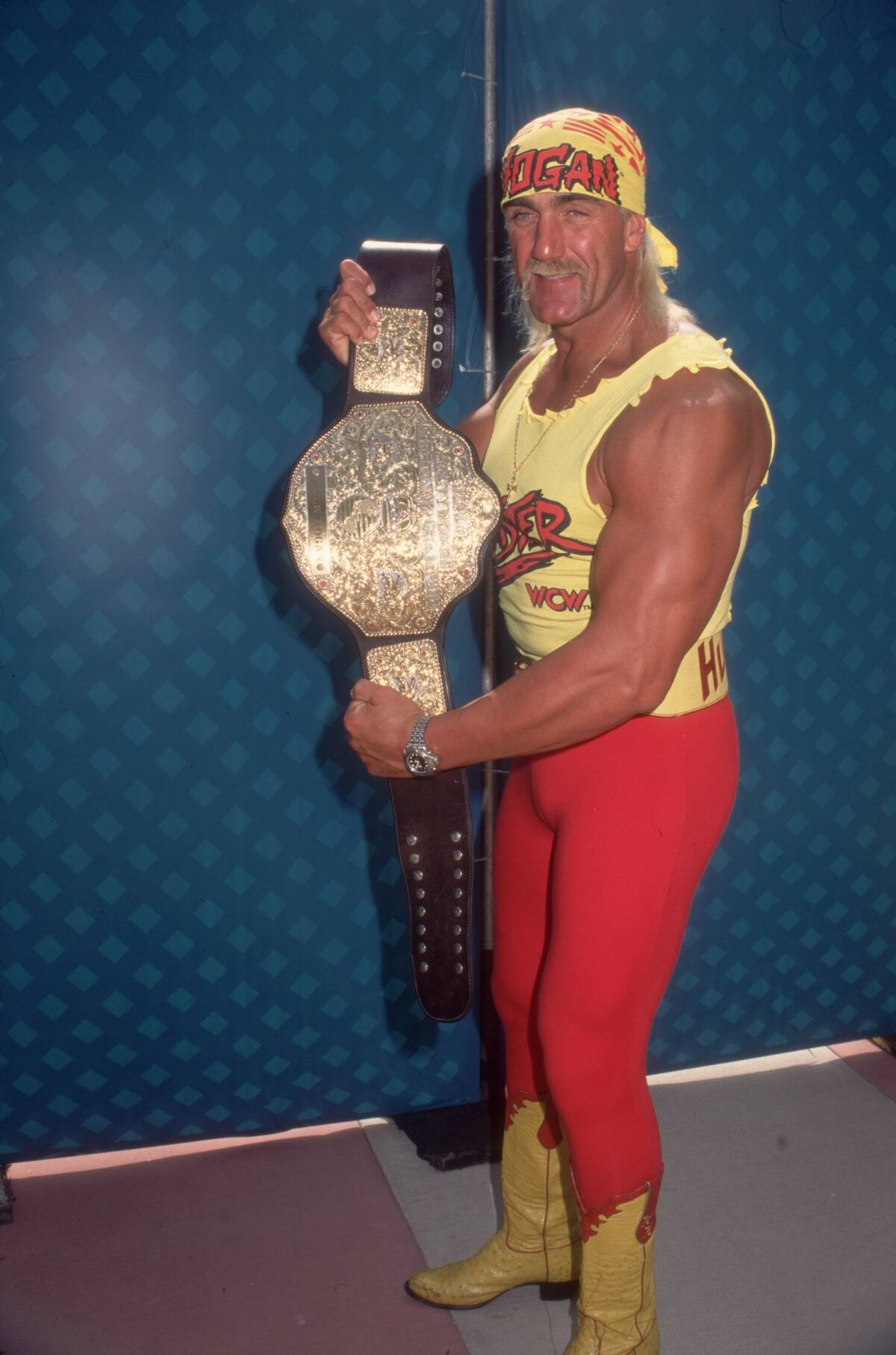
Hulk Hogan’s look was as iconic as his moves in the ring. The bandana, handlebar mustache, and muscle shirts became his trademark, making him instantly recognizable. His flamboyant attire was more than just a fashion statement; it was an integral part of his persona. Fans imitated his style, and it became a symbol of strength and heroism, embodying the spirit of the 80s wrestling scene.
“Whatcha Gonna Do?”: Hogan’s Catchphrases and Charisma
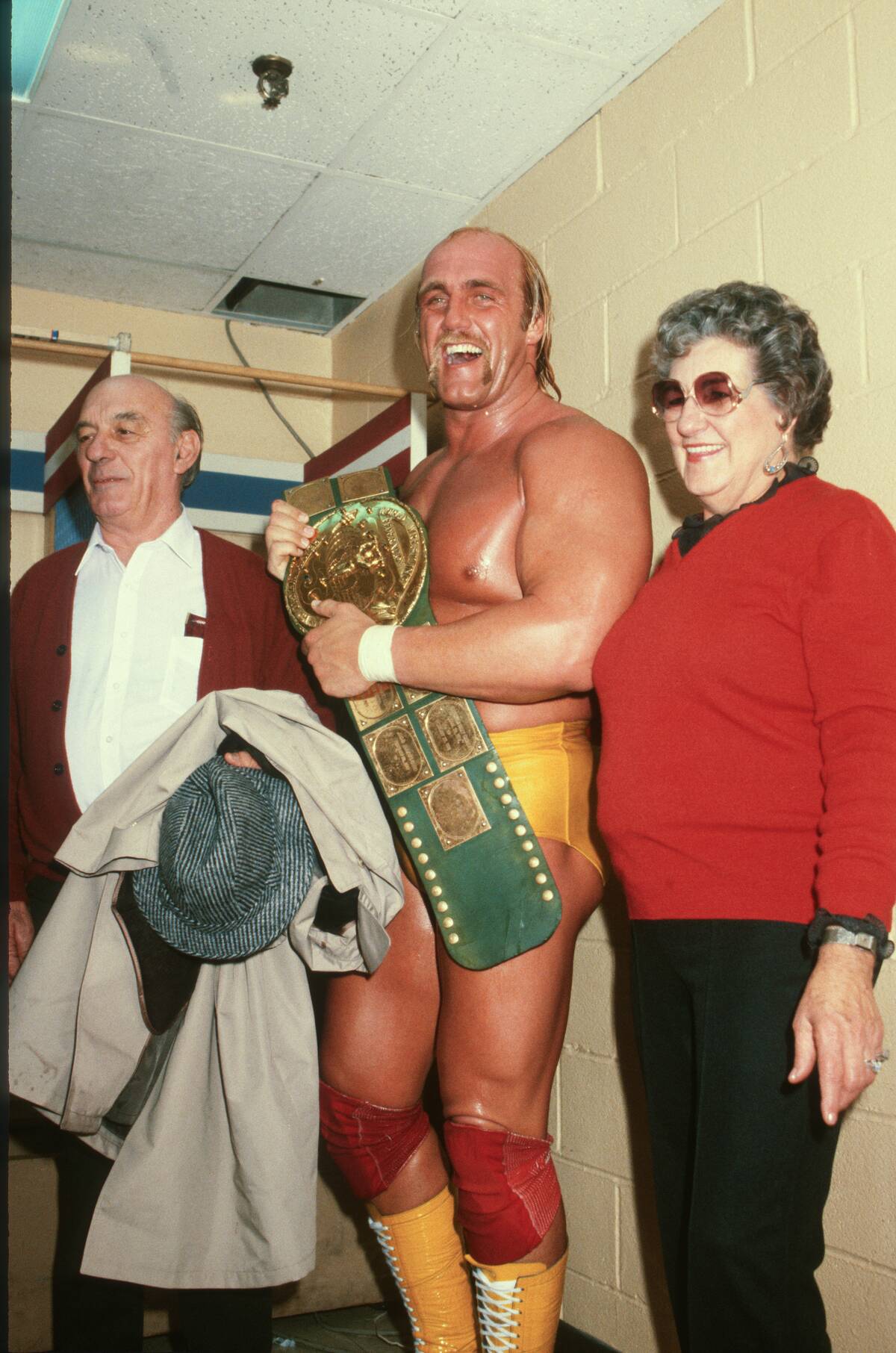
Hogan’s charisma was undeniable, and his catchphrases were legendary. “Whatcha gonna do when Hulkamania runs wild on you?” became a rallying cry for fans everywhere. His interviews were electrifying, filled with passion and energy that resonated with audiences. Hogan’s ability to connect with fans through his words was a key element of his success, making him a natural showman both in and out of the ring.
The Golden Era: WWE’s Explosion in Popularity
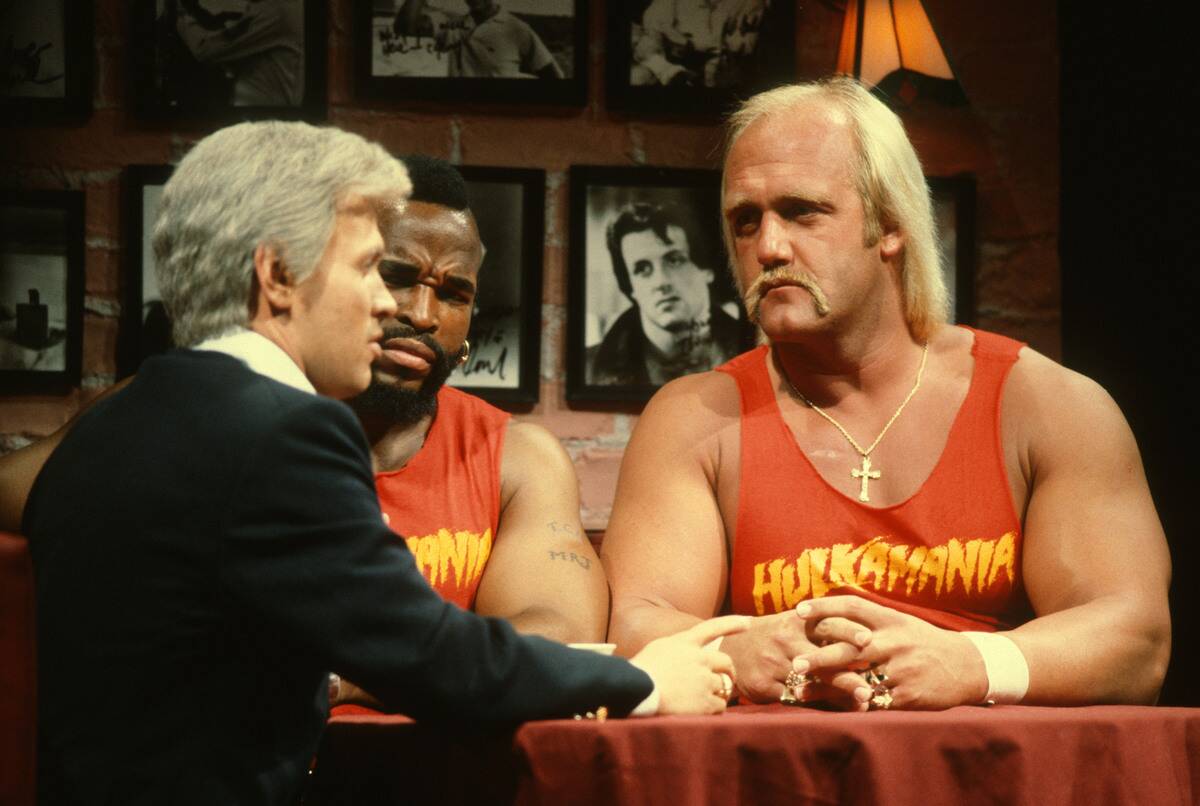
With Hulk Hogan at the helm, WWE experienced a surge in popularity during the 1980s, often referred to as the Golden Era. Television ratings soared as audiences tuned in to see their hero in action. Hogan’s matches were the main attraction, drawing in fans of all ages. The WWE capitalized on this momentum, expanding its reach and becoming a global entertainment powerhouse, largely thanks to the allure of Hulkamania.
WrestleMania: The Grandest Stage and Hogan’s Role

WrestleMania became the ultimate showcase for wrestling talent, and Hulk Hogan was its star attraction. Debuting in 1985, WrestleMania brought together celebrities and wrestlers, with Hogan often headlining the event. His match against King Kong Bundy in a steel cage at WrestleMania 2 is just one example of his influence. Hogan’s presence at these events helped cement WrestleMania’s reputation as the Super Bowl of wrestling.
The Rivals: Hulk Hogan vs. Rowdy Roddy Piper
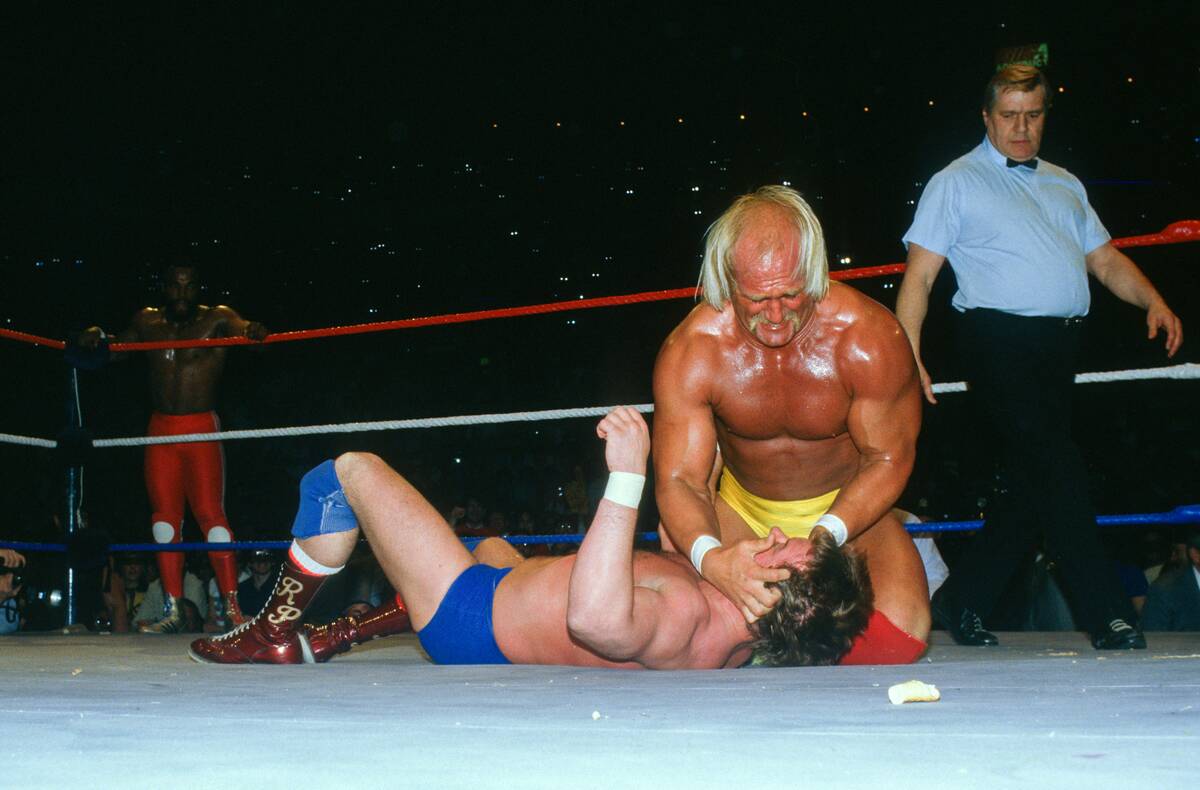
One of the most memorable rivalries in wrestling history was between Hulk Hogan and Rowdy Roddy Piper. Their feud captivated audiences, with Piper playing the perfect antagonist to Hogan’s hero. The chemistry between the two was electric, leading to numerous unforgettable matches. Their rivalry was not just about the in-ring action; it was a clash of personalities that intensified the allure of wrestling during the Hulkamania era.
The Slam Heard Around the World: Hogan vs. Andre the Giant
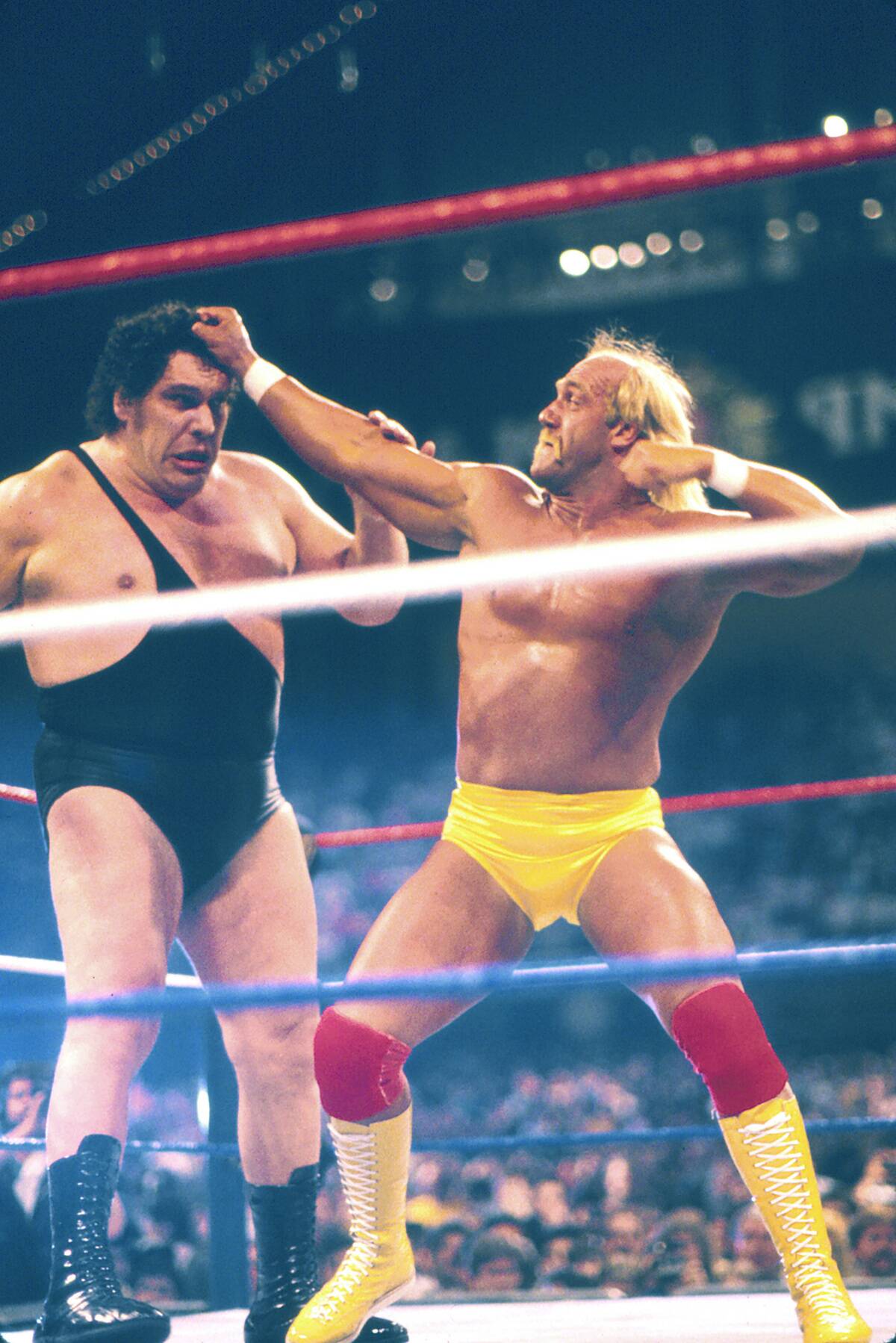
One of the most iconic moments in wrestling history occurred at WrestleMania III, when Hulk Hogan faced off against Andre the Giant. The match was attended by over 93,000 fans, making it one of the highest-attended indoor events at the time. The climax came when Hogan body-slammed the 520-pound Andre, a feat that seemed impossible. This moment solidified Hogan’s legendary status and is remembered as a defining moment in wrestling.
Celebrity Appearances: From Mr. T to Cyndi Lauper
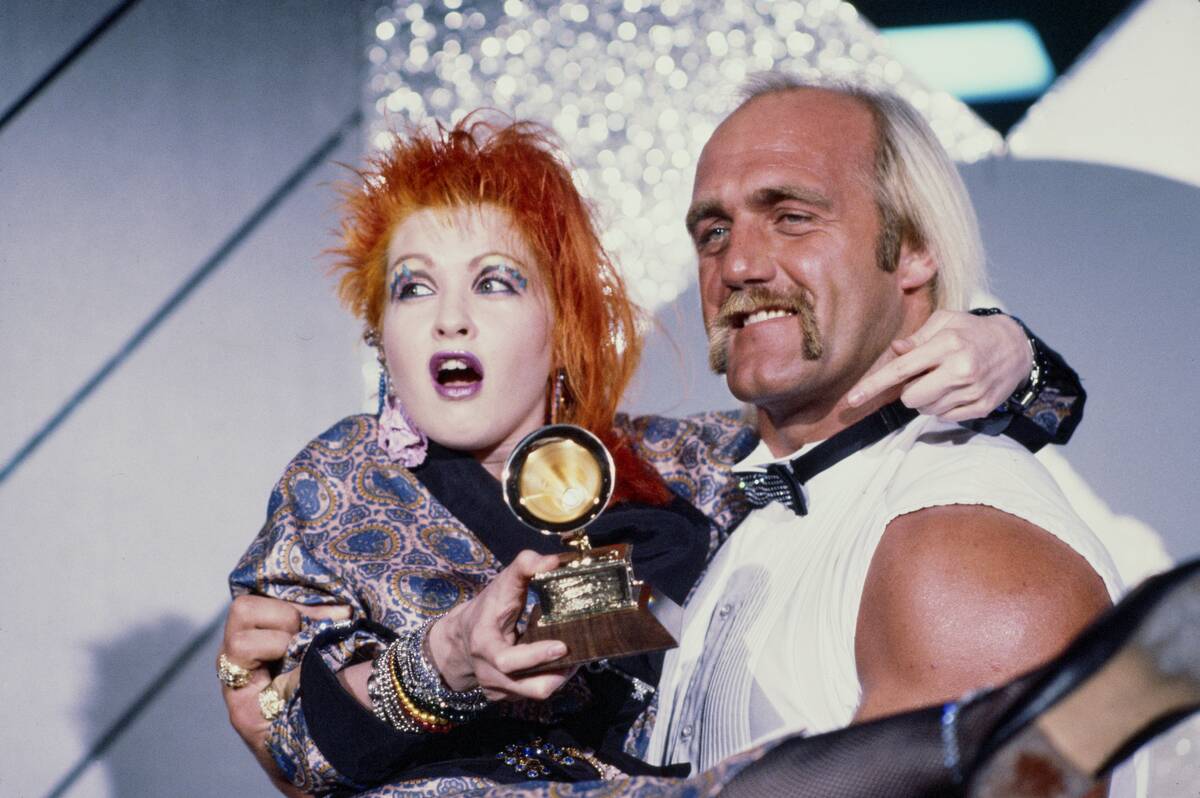
Hulkamania wasn’t just about wrestling; it was a cultural phenomenon that attracted celebrities from various fields. Mr. T teamed up with Hogan at the inaugural WrestleMania, adding star power to the event. Cyndi Lauper also made appearances, blending the world of music with wrestling. These celebrity involvements helped bridge the gap between wrestling and mainstream entertainment, broadening the appeal of WWE and reinforcing Hogan’s status as a crossover star.
Merchandising Mania: Action Figures, Lunchboxes, and More
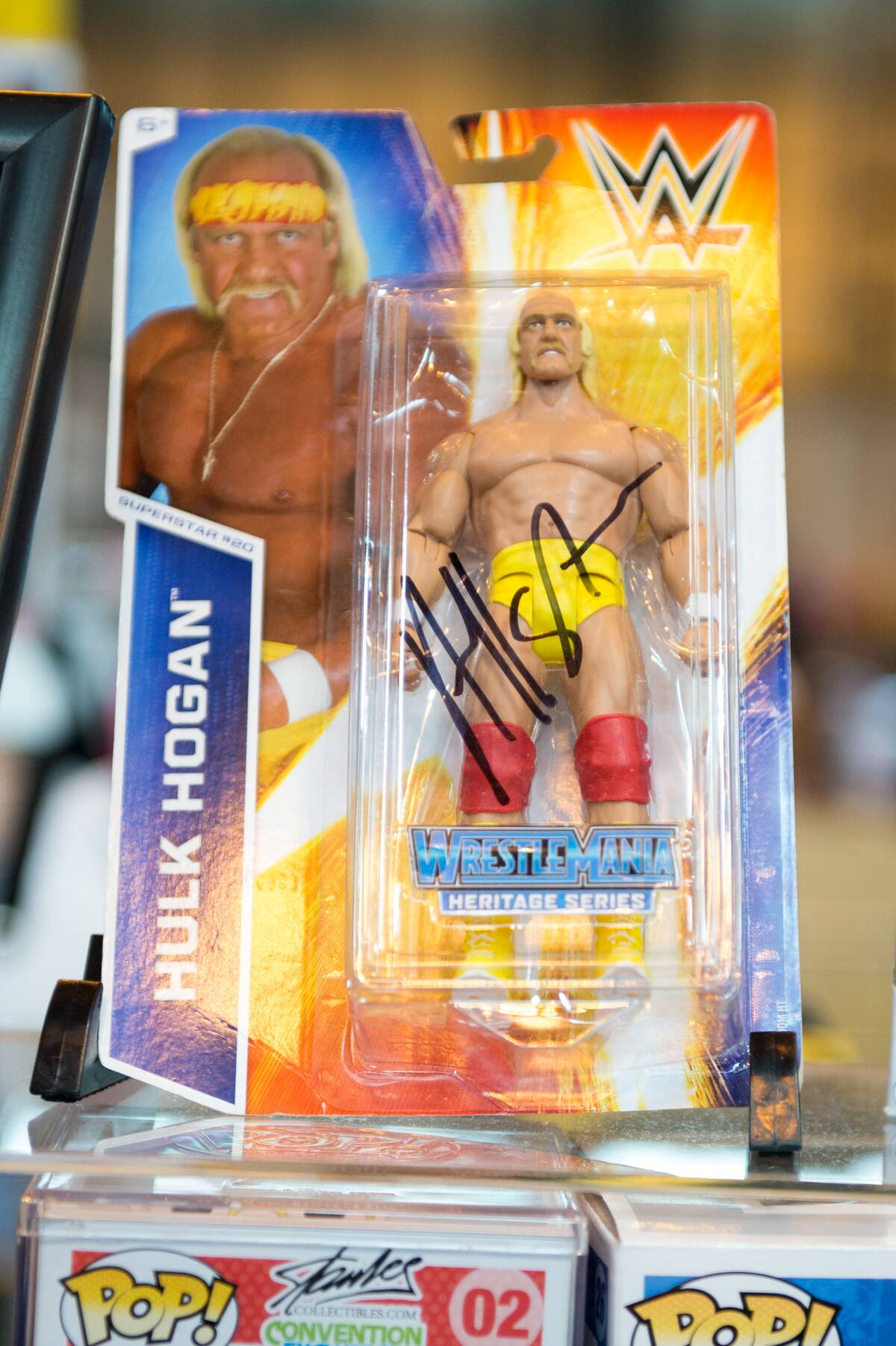
The merchandising boom of the 80s saw Hulk Hogan’s likeness on a wide range of products. From action figures to lunchboxes, Hogan’s image was everywhere. WWE capitalized on his popularity, creating a lucrative line of merchandise that flew off the shelves. This not only fueled the Hulkamania craze but also set a precedent for future marketing strategies in wrestling, proving that the brand was just as powerful outside the ring as it was inside.
The Fan Frenzy: Hulkamaniacs and Their Devotion
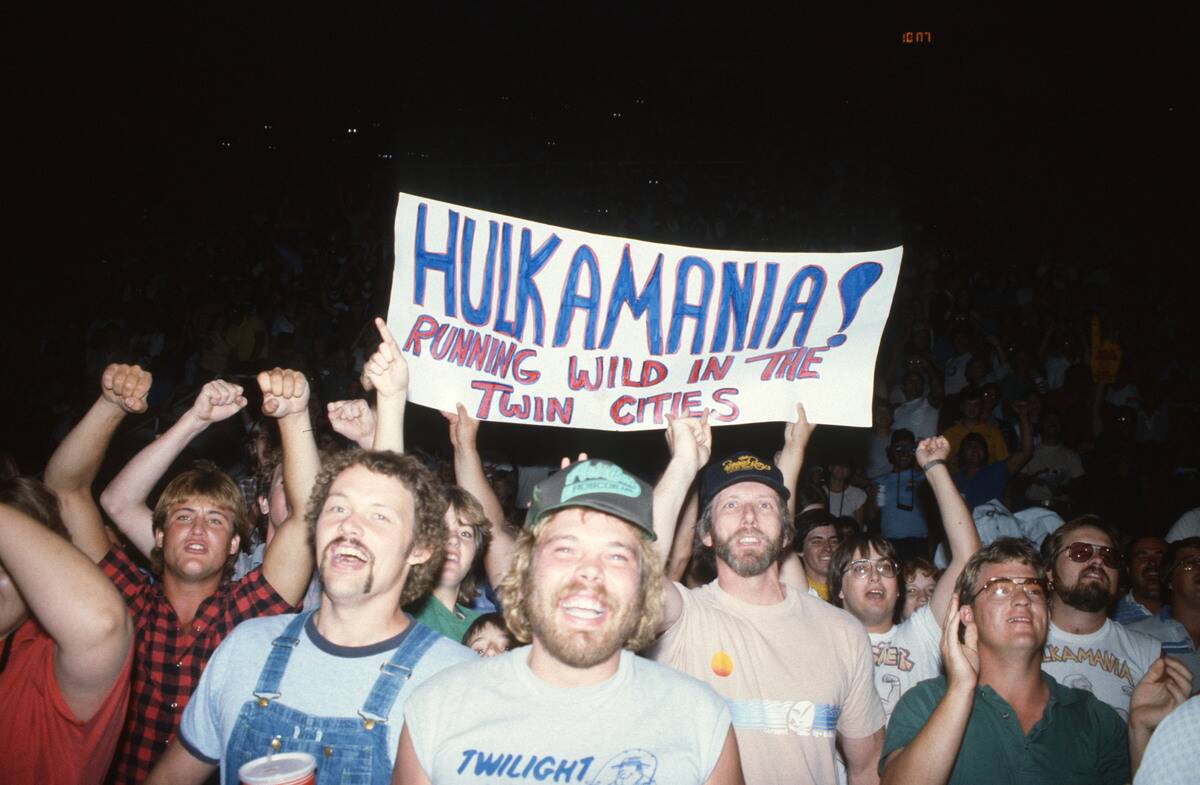
Hulkamaniacs, as Hogan’s fans were known, were a passionate and devoted group. They filled arenas, donned Hogan’s signature bandanas, and cheered with fervor. The connection between Hogan and his fans was palpable, with many seeing him as a larger-than-life hero. This fan frenzy was a testament to Hogan’s impact, as he inspired a generation of wrestling enthusiasts who embraced the spirit of Hulkamania with open arms.
The Storylines: Good vs. Evil in the Ring
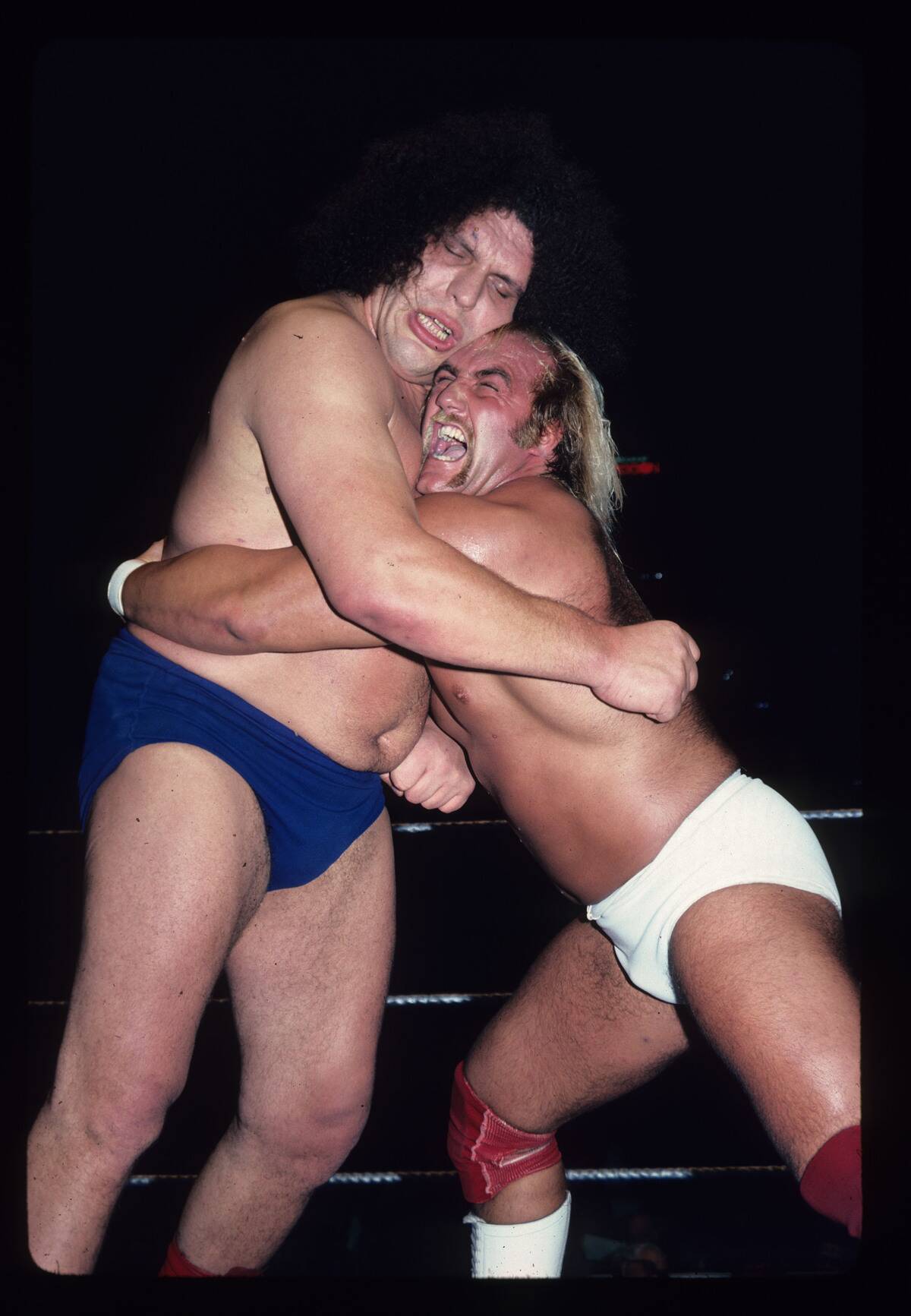
The storylines of the Hulkamania era often revolved around the classic battle of good versus evil, with Hogan cast as the ultimate good guy. His feuds with villains like The Iron Sheik and Andre the Giant were narratives that drew fans in. These storylines were simple yet effective, capturing the imagination of audiences and reinforcing the timeless appeal of wrestling as a form of storytelling.
Saturday Night’s Main Event: Bringing Wrestling to Primetime
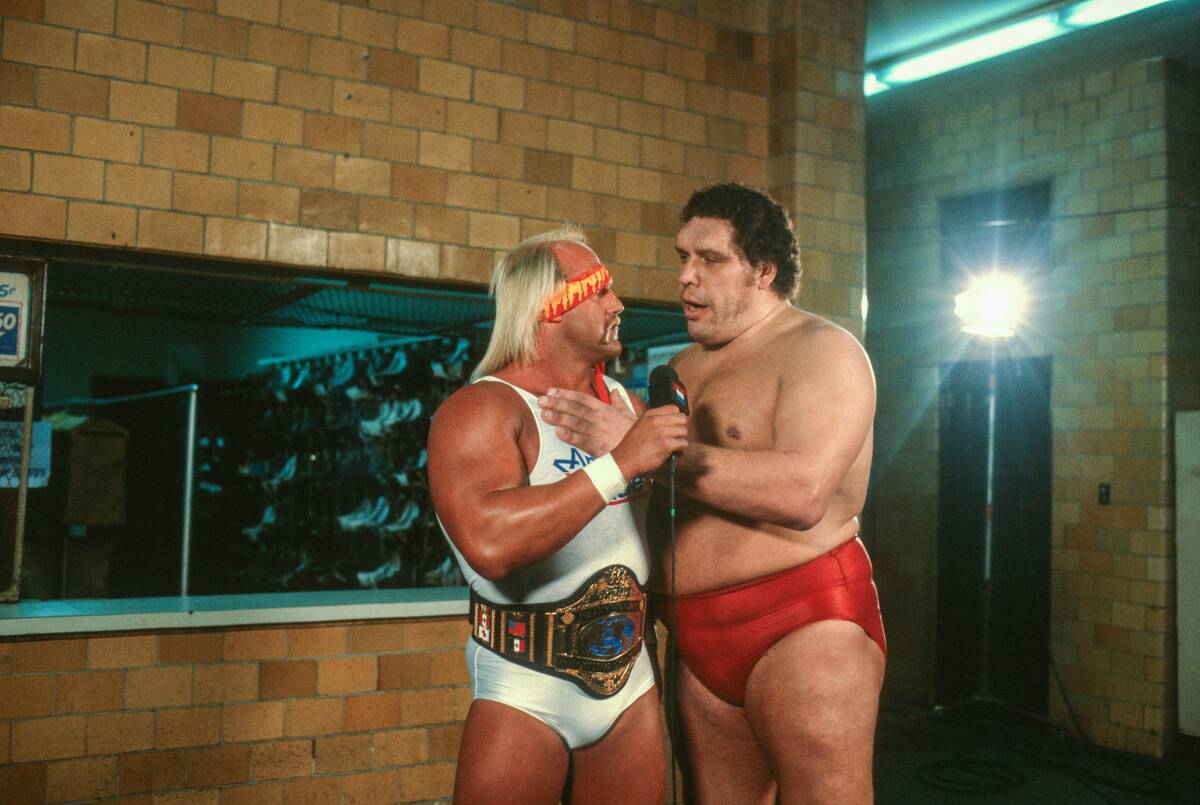
Saturday Night’s Main Event brought wrestling into the homes of millions, airing on network television in primetime. Hulk Hogan was a regular feature on the show, showcasing his talents to a broader audience. This exposure helped solidify wrestling’s place in popular culture, introducing new fans to the spectacle of the sport. Hogan’s performances were a key factor in the show’s success, further embedding Hulkamania into the fabric of 80s entertainment.
The Training, Prayers, and Vitamins: Hogan’s Message to Kids
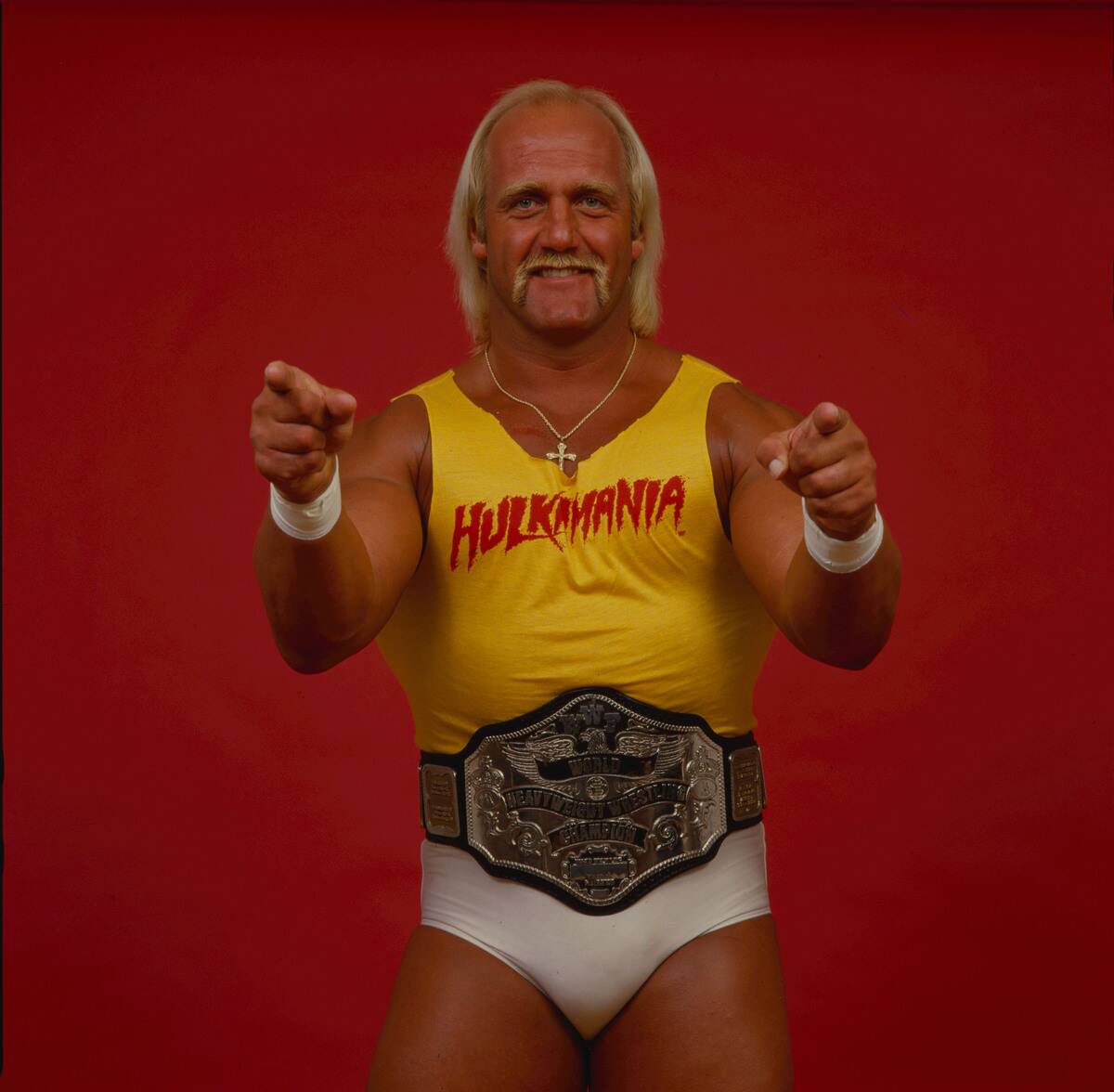
Hulk Hogan wasn’t just a wrestler; he was a role model for kids. His mantra of “Train, say your prayers, and eat your vitamins” became a motivational message for young fans. Hogan’s positive influence extended beyond the ring, encouraging healthy habits and a strong sense of morality. This message resonated with parents and children alike, contributing to his widespread appeal and enduring legacy as a figure of inspiration.
The Cultural Impact: Hulkamania Beyond Wrestling
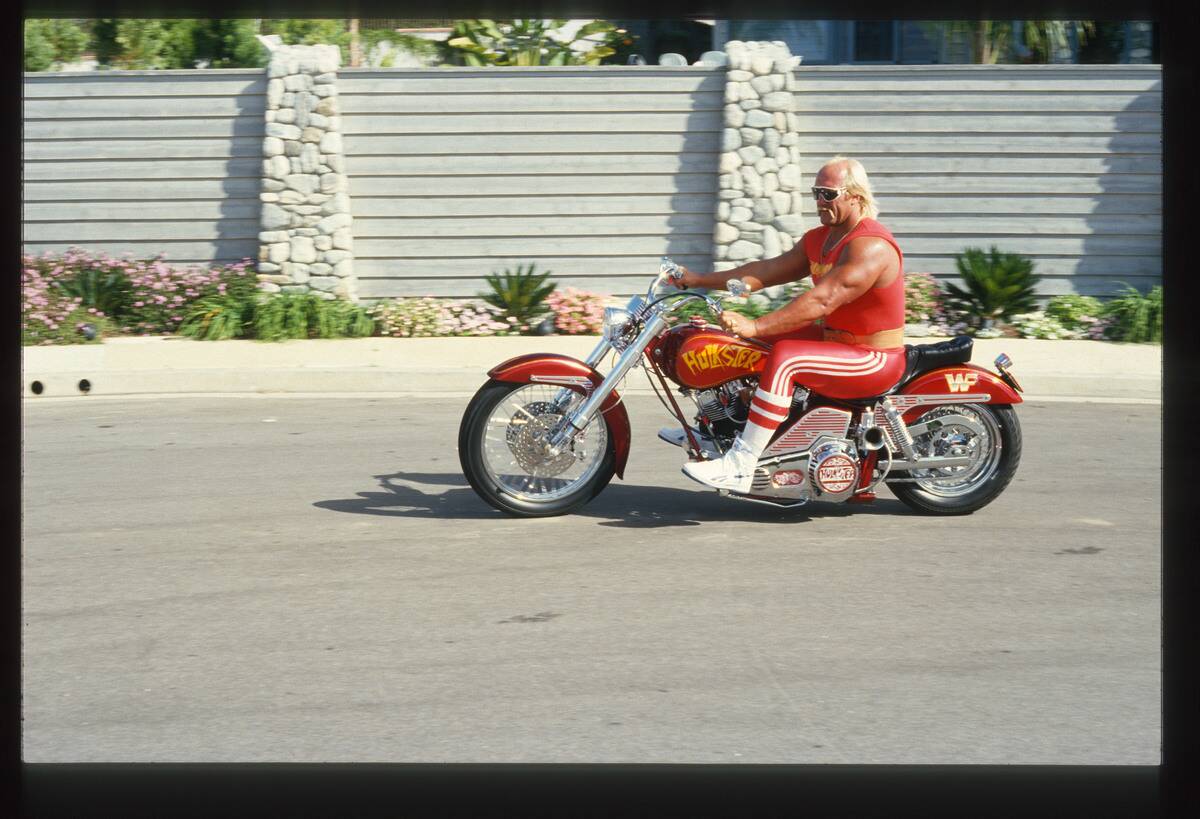
Hulkamania’s influence reached beyond the confines of wrestling, permeating various aspects of popular culture. From cartoons to movies, Hogan’s larger-than-life persona was everywhere. His role in films like ‘No Holds Barred’ introduced him to new audiences, while his animated series, ‘Hulk Hogan’s Rock ‘n’ Wrestling,’ showcased his appeal to younger fans. The cultural footprint of Hulkamania is vast, illustrating how Hogan transcended wrestling to become a global icon.
The Criticism: Controversies and Critiques of the Era
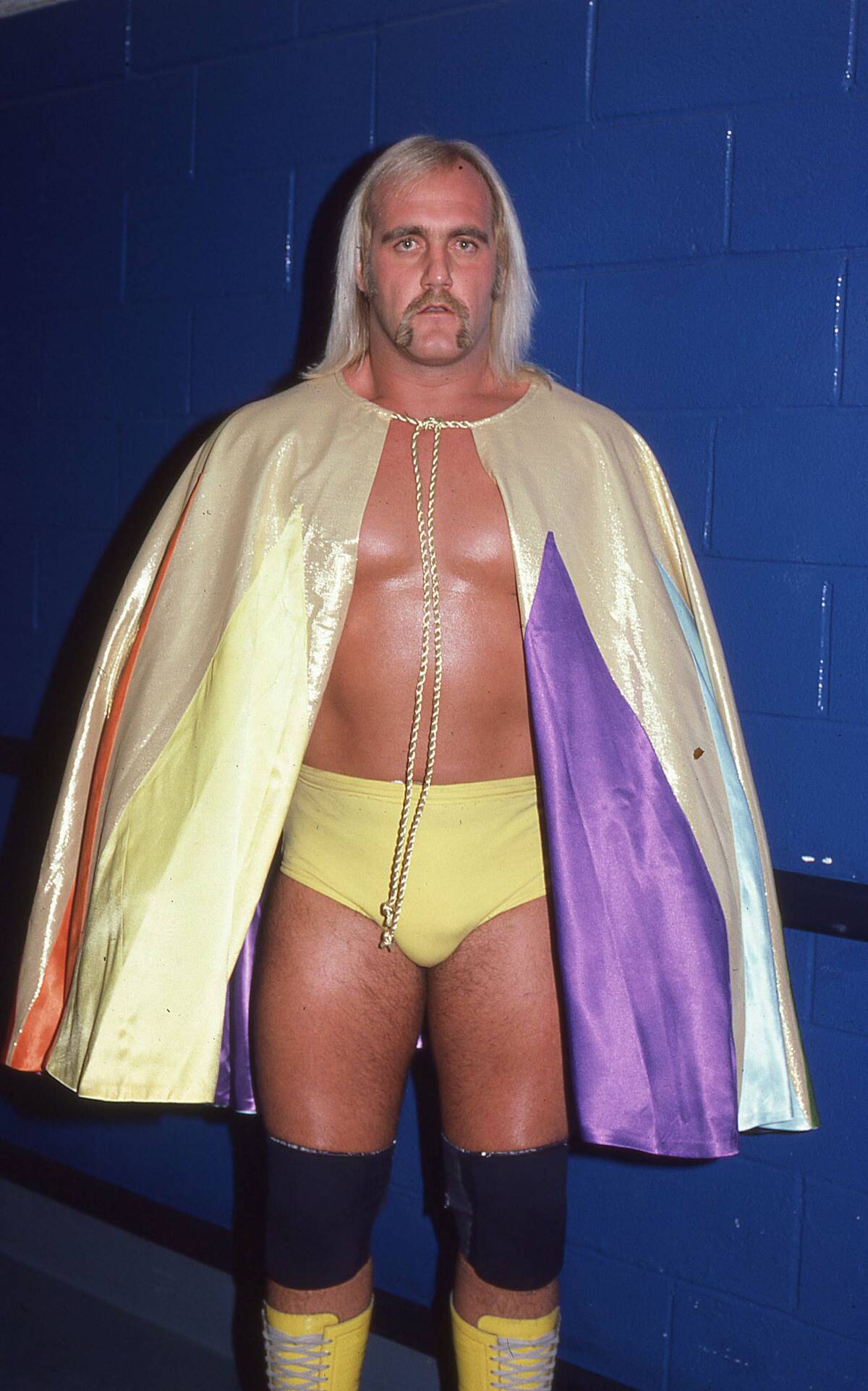
While Hulkamania was largely celebrated, it wasn’t without its controversies. Critics pointed to the commercialism and spectacle overshadowing the sport itself. Some questioned the authenticity of storylines and the impact of such dramatics on young audiences. Additionally, Hogan’s later years were marred by personal controversies that cast a shadow over his legacy. Despite these critiques, the era remains a pivotal point in wrestling history, highlighting both the highs and lows of celebrity.
The Legacy of Hulkamania: Lasting Influence on WWE
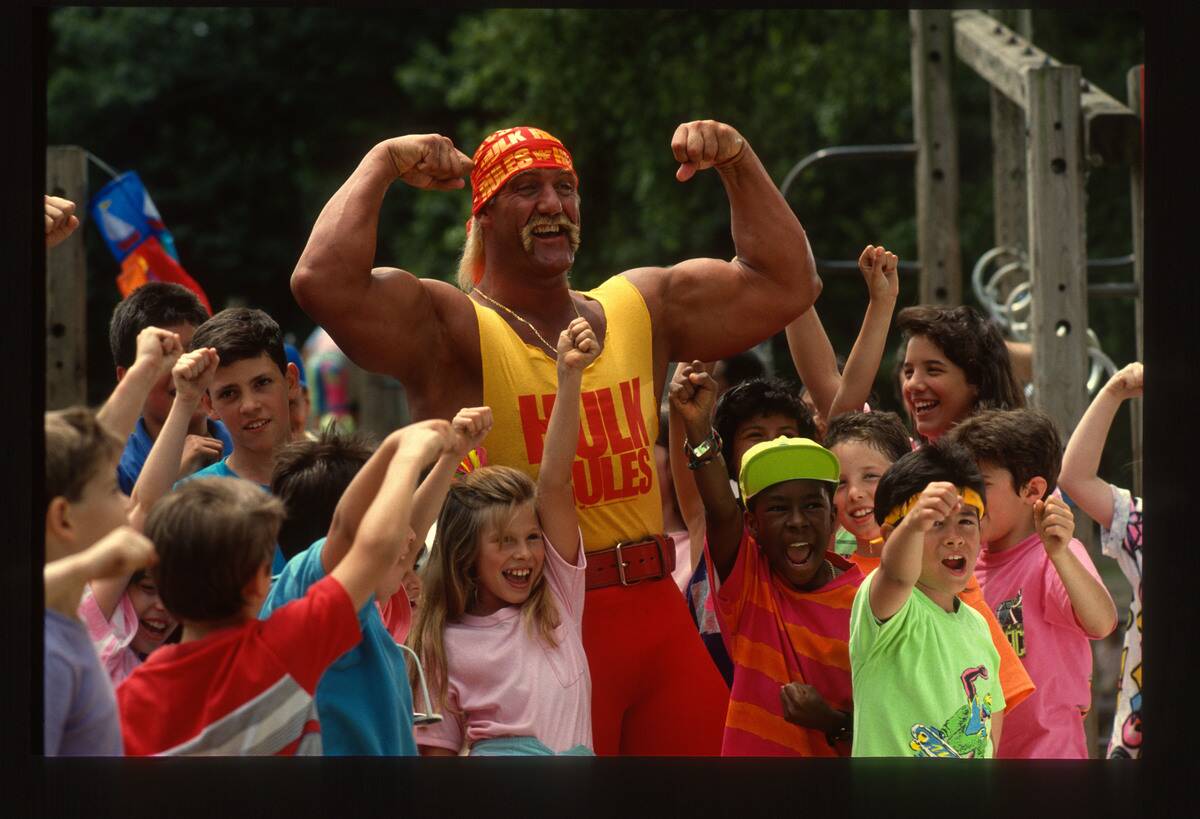
The legacy of Hulkamania is undeniable, leaving a lasting impact on the WWE and the world of wrestling. Hogan’s influence is seen in the way superstars are marketed today, with larger-than-life personas and engaging storylines. The foundations laid during this era paved the way for future generations, ensuring that the spirit of Hulkamania continues to run wild. Hogan’s contributions to the sport have cemented his place as a legend in wrestling history.



